G2 – Moderate geomagnetic storm
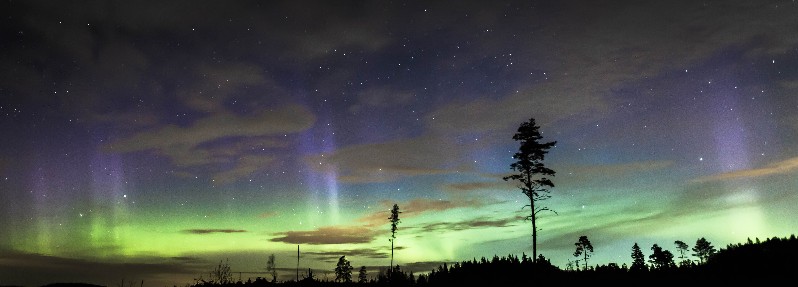
Enhanced solar wind conditions have fueled elevated geomagnetic field activity early May 2, 2016. Geomagnetic storms reaching G2 – Moderate levels have been observed.
Geomagnetic K-index of 5 (G1 – Minor geomagnetic storm) threshold was first reached at 00:37 UTC on May 2. Geomagnetic K-index of 6 (G2 – Moderate) threshold was reached at 05:23 UTC.
Solar wind enhancements are expected to persist to mid-May 2. A trend towards background conditions is expected for the remainder of May 2 through May 3 and 4.
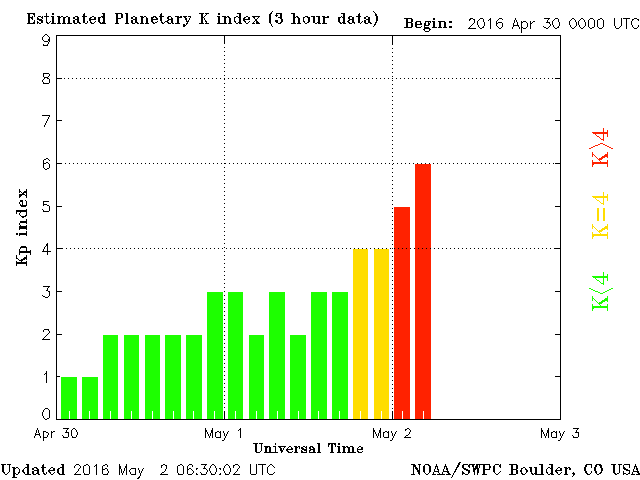
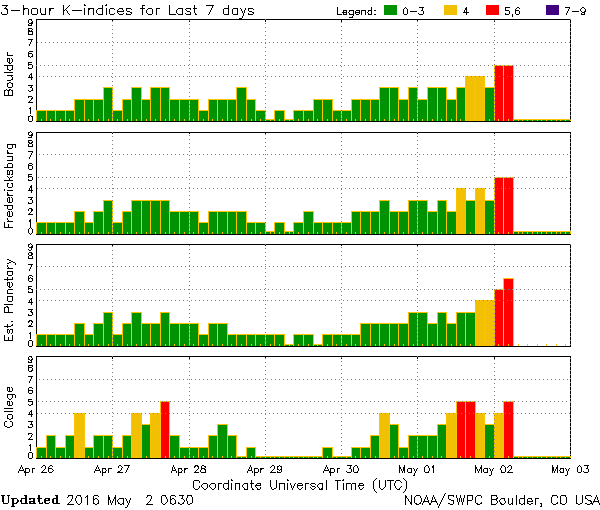
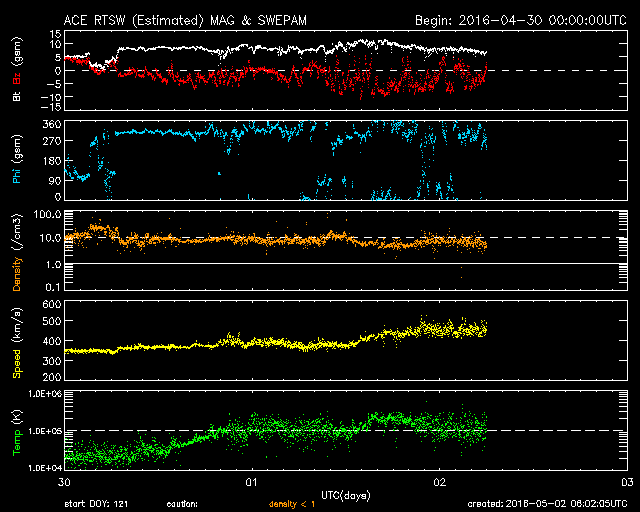
Svante Sandström, sent this picture to Spaceweather.com from Västerlanda, Sweden saying: "This could be the last performance of the season. Summer is coming, and the night skies are growing too bright for auroras."
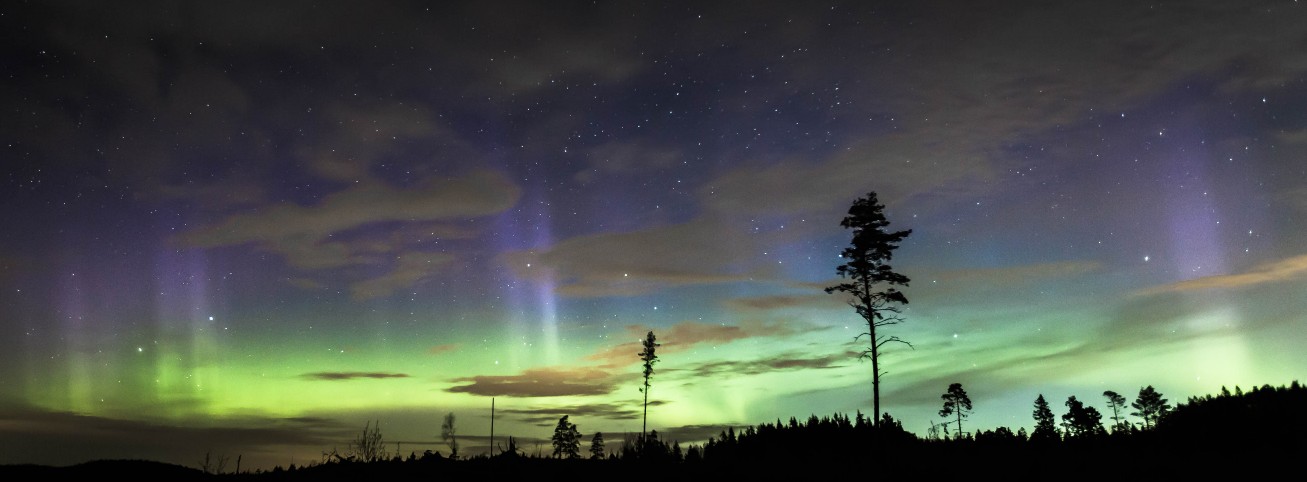
Image credit: Svante Sandström. Taken on May 2, 2016 @ Västerlanda, Gothenburg, Sweden (Via Spaceweather.com)
SPWC forecasters expect mostly quiet geomagnetic field conditions over the next 2 days.
SWPC alerts
Space Weather Message Code: ALTK05
Serial Number: 955
Issue Time: 2016 May 02 0037 UTC
ALERT: Geomagnetic K-index of 5
Threshold Reached: 2016 May 02 0035 UTC
Synoptic Period: 0000-0300 UTC
Active Warning: Yes
NOAA Scale: G1 – Minor
NOAA Space Weather Scale descriptions can be found at
www.swpc.noaa.gov/noaa-scales-explanation
Potential Impacts: Area of impact primarily poleward of 60 degrees Geomagnetic Latitude.
Induced Currents – Weak power grid fluctuations can occur.
Spacecraft – Minor impact on satellite operations possible.
Aurora – Aurora may be visible at high latitudes, i.e., northern tier of the U.S. such as northern Michigan and Maine.
Space Weather Message Code: ALTK06
Serial Number: 400
Issue Time: 2016 May 02 0523 UTC
ALERT: Geomagnetic K-index of 6
Threshold Reached: 2016 May 02 0520 UTC
Synoptic Period: 0300-0600 UTC
Active Warning: Yes
NOAA Scale: G2 – Moderate
NOAA Space Weather Scale descriptions can be found at
www.swpc.noaa.gov/noaa-scales-explanation
Potential Impacts: Area of impact primarily poleward of 55 degrees Geomagnetic Latitude.
Induced Currents – Power grid fluctuations can occur. High-latitude power systems may experience voltage alarms.
Spacecraft – Satellite orientation irregularities may occur; increased drag on low Earth-orbit satellites is possible.
Radio – HF (high frequency) radio propagation can fade at higher latitudes.
Aurora – Aurora may be seen as low as New York to Wisconsin to Washington state.
Featured image: Svante Sandström, Sweden (Via Spaceweather.com)

I don’t know if this is good or bad
I can only see the BEAUTY of creation
It reminds me of home inCanada late 40s. Cold ,40% below O
The trolley car lighting up the night with the sparks from The cables above
At the same time the northern lights dancing across the sky
A wonderfull time to be alive.